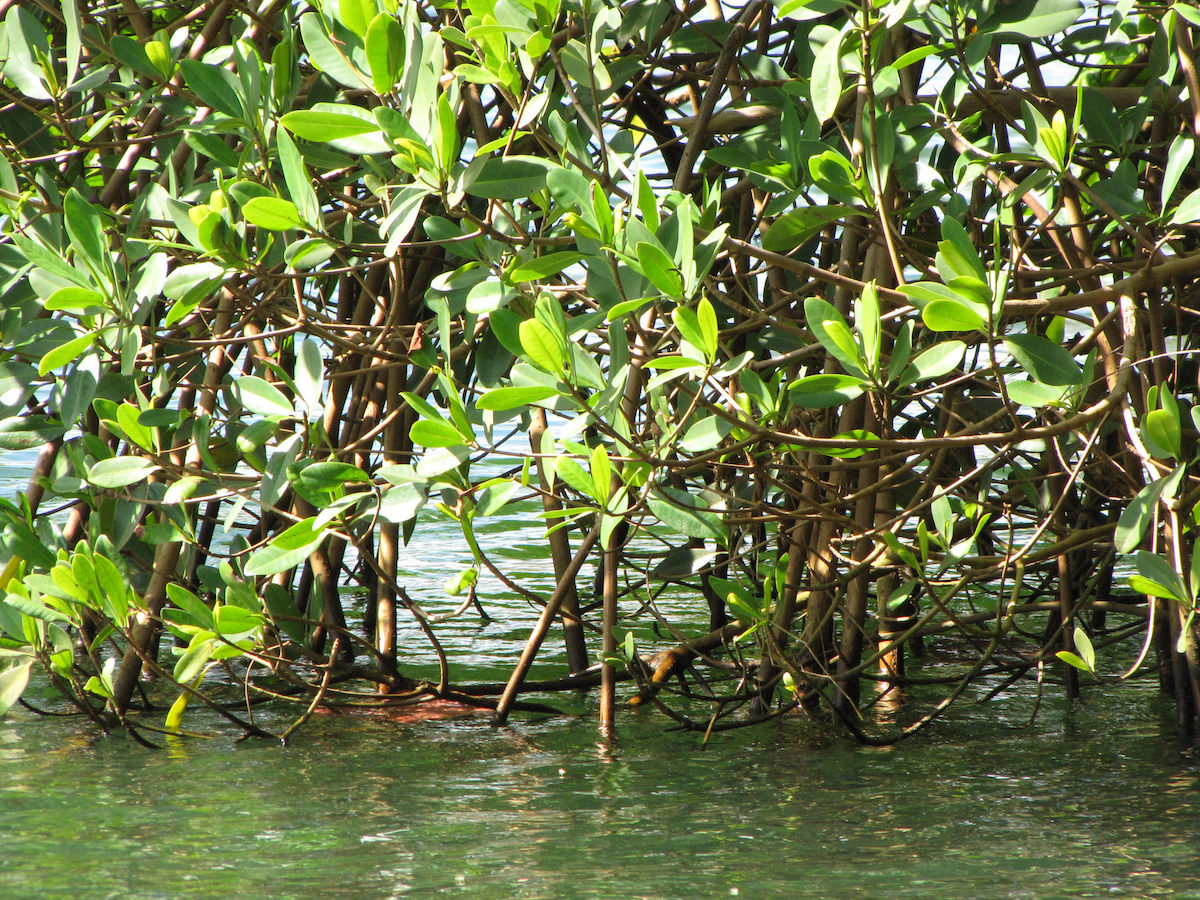Two National Coastal Wetland Grants in Hawaii will restore wetlands habitats.
This post was submitted by J. Rubey, Hawaii Partnership Coordinator for Pacific Birds.
Editor’s Note: In addition to the projects below, there were 10 additional 2018 National Coastal Wetlands Grants awarded within the Pacific Birds region, including in Alaska, Washington, Oregon and California.
The Alekoko Fishpond area and Kanaha Pond State Wildlife Sanctuary, on Kauaʻi and Maui Islands respectively, will soon undergo wetland restoration projects, thanks to the U.S. Fish and Wildlife Service’s National Coastal Wetlands Conservation Grant Program and the Hawaii State Division of Forestry and Wildlife (DOFAW).
The Alekoko project is located on the lower Hulē‘ia River, within the Nawiliwili Bay watershed. The estuarine and marine wetlands provide habitat for both native endangered waterbirds and migratory bird species. It also contains a significant cultural resource, the Alekoko Fishpond, a rare and ancient Hawaiian fishpond said to be constructed by the ancestral Menehune.
The project is the first phase in a larger effort to eradicate the invasive red mangrove throughout the entire Hulē‘ia river watershed. This phase will remove the mangroves at Alekoko and replant the wetland with native Hawaiian species. Currently this non-native mangrove invasive has taken over both the native wetland ecosystem and overrun the fishpond structure, threatening its integrity.
Mālama Hulē‘ia, a Kauaʻi conservation non-profit, is partnering with DOFAW to lead the project work over a two year period. They will rely on a locally based cadre of volunteers to conduct the work of mālama ke ʻāina (caring for the land). Twenty six acres of invasive red mangrove will be removed and 15 acres of regionally decreasing estuarine intertidal wetlands will be restored with native plantings.

Forest and Kim Starr © Creative Commons
The Kanaha Pond Wildlife Sanctuary (KPWS) is identified by the U. S. Fish and Wildlife Service as a core wetland that offers important breeding habitat for three federally listed endangered waterbird species: the koloa maoli (Hawaain Duck), ‘alae (Hawaiian Coot), and ae‘o (Hawaiian Stilt). The site also supports a remnant population of Wedge-tailed Shearwaters and has essential habitat for the endangered Blackburn’s sphinx moth. The sanctuary habitats support at least fourteen species found nowhere else in the world, most of which are listed under the Endangered Species Act.
Kanaha Pond was enclosed as a fishpond by Hawaiian royalty in the 1700s, and in 1962 was designated a wildlife sanctuary due to its natural ecological values. Situated near the town of Kahului, KPWS is one of three significant wetlands on the island of Maui. The 240-acre site provides protection to resident and migratory bird species and is managed for key threats including introduced destructive ungulates and mammalian predators.
Also within the Sanctuary, a predator proof fence will be installed in order to exclude non-native predators and ungulates. Once installed, the enclosed wetland will be cleared of invasive plants and animals and portions of the wetland will be replanted with native vegetation. The removal of predation, trampling, and browsing by non-natives will ultimately restore many former wetland functions: improved water quality, better nesting habitat, and increased climate change resiliency.
The benefits to both of these wetlands areas will be significant. Approximately 75% of Hawaii’s remaining 15,474 acres of wetlands are degraded by non-native invasive plant species and altered hydrology, so every restored acre counts.
